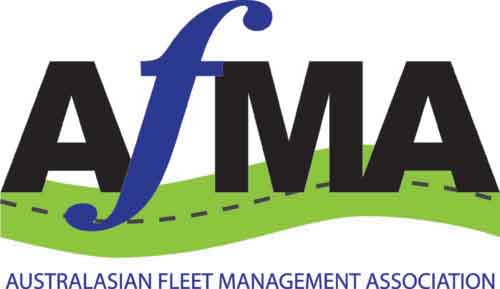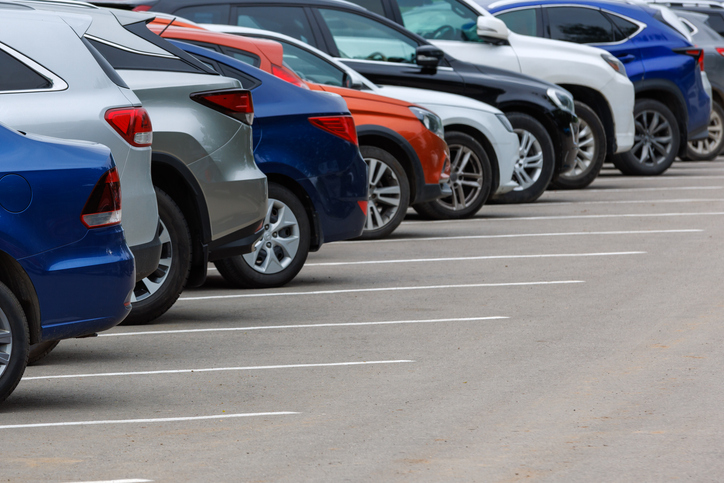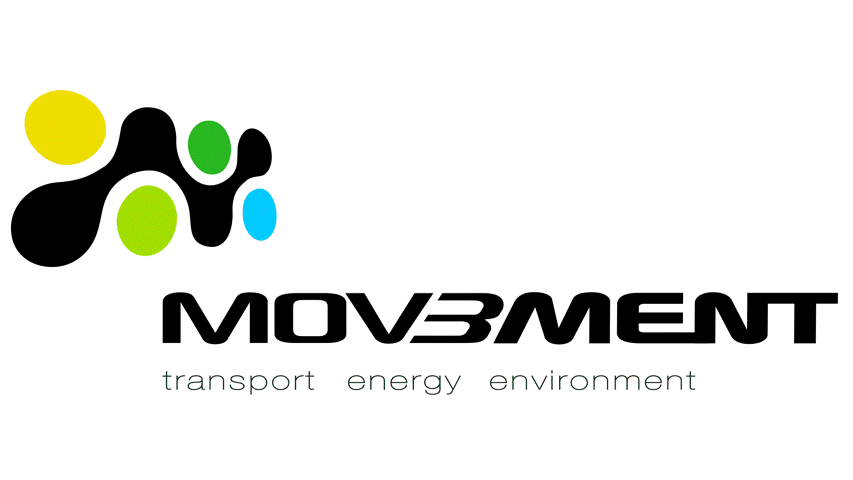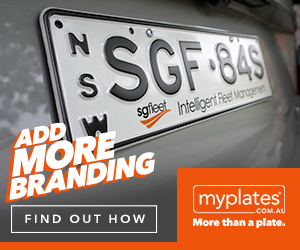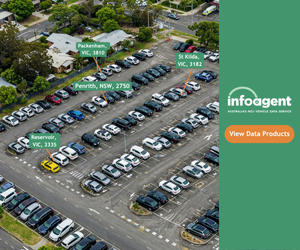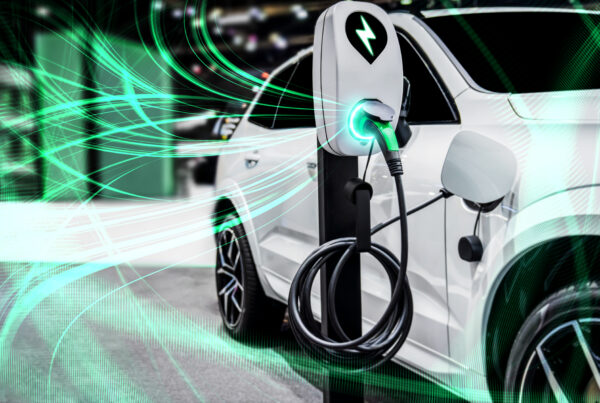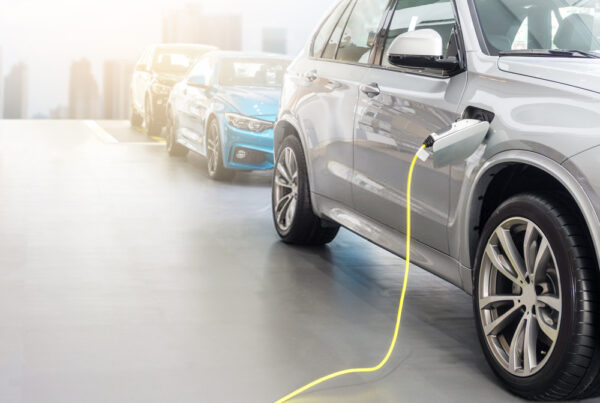Australia’s new car market experienced a slight decline in March 2025 with 108,606 vehicles sold. According to the Federal Chamber of Automotive Industries (FCAI), this is a 0.9 per cent drop compared to the same month in 2024.
The FCAI also noted shifts in consumer behaviour particularly across vehicle types and fuels. Sales of Plug-in Hybrid Electric Vehicles (PHEVs) surged by 380 per cent compared to March 2024. This sharp increase follows the end of the Fringe Benefits Tax (FBT) exemption for PHEVs from 1 April which prompted a rush in purchases ahead of the policy change.
Meanwhile, the transition to Battery Electric Vehicles (EVs) appears to be slowing. EVs made up just 4.9 per cent of total new car sales, down from 9.5 per cent in March 2024 and 6.8 per cent in March 2023. It’s worth noting that two EV manufacturers have yet to publish their March 2025 figures.
State-by-State Breakdown
March sales were mixed across the states and territories. The Australian Capital Territory saw an increase of 4.6 per cent, reaching 1,657 vehicles sold. New South Wales dropped slightly by 0.9 per cent to 33,491, while the Northern Territory rose by 3.3 per cent to 961.
Queensland recorded a noticeable fall of 6.8 per cent, with 21,954 vehicles sold. South Australia saw a modest rise of 2.2 per cent to 7,143, and Tasmania had the biggest jump, up 10.2 per cent to 1,774.
Victoria dipped by 1.9 per cent, recording 29,541 sales, while Western Australia had a strong month with a 9.1 per cent increase, reaching 12,085 new vehicles sold.
Market Leaders and Vehicle Preferences
Toyota remained the market leader in March, with 20,541 vehicles sold, followed by Ford (8,232), Mazda (8,000), Kia (7,307), and Mitsubishi (7,265).
The Ford Ranger was Australia’s top-selling model with 4,932 units sold, ahead of the Toyota RAV4 (4,321), Toyota HiLux (4,081), Mitsubishi Outlander (3,005), and Toyota Prado (2,871).
Across vehicle segments, the Sports Utility Vehicle (SUV) market recorded a modest rise of 1.7 per cent (up 1,116 units), while Light Commercial Vehicles grew by 6.5 per cent (up 1,493 units). However, Passenger Vehicles dropped sharply—down 19.6 per cent (a decline of 3,448 units)—and Heavy Commercial Vehicles fell 4.7 per cent (down 202 units).
Shift to Low-Emission Vehicles
FCAI Chief Executive Tony Weber said the country’s shift to low-emission vehicles has reached a pivotal stage.
“We are at a critical point in transitioning to a lower-emission vehicle fleet. But the reality is clear: Australian families and businesses are not shifting in large numbers to EVs,” he said.
“While the supply of EVs is increasing, now with 89 models available in Australia, the demand for EVs is weak. The early adopters have acted, but the rest of the vehicle-buying public has not followed.
“This is consistent with a number of other advanced markets around the world.
“The Australian automotive industry has long advocated for an ambitious and achievable emissions standard. Once again, questions must be asked about the Government’s modelling and in particular their assumptions about consumer acceptance of new low-emissions technologies.”
Did you find this article interesting? Click the ‘heart’ button above to give it a ‘like’!
